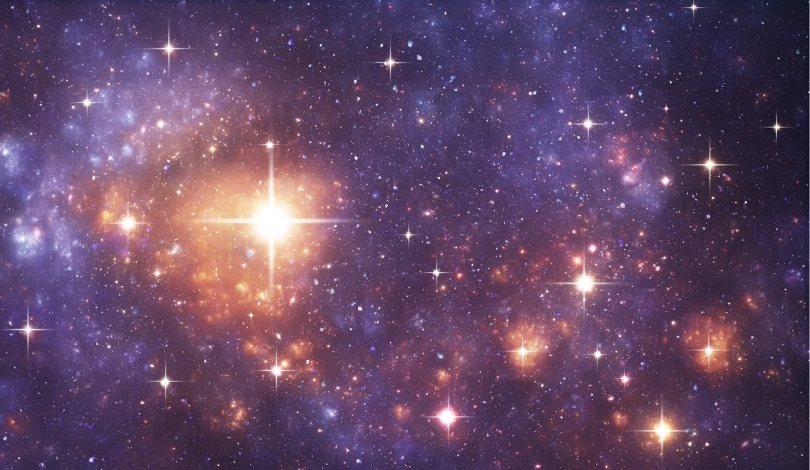The James Webb Space Telescope has provided unprecedented insights into the formation of planets around the young star PDS 70. Located approximately 370 light-years away, PDS 70 is already known to host two forming planets, PDS 70b and PDS 70c. These observations mark a significant step in understanding the early stages of planetary development.
Earlier studies primarily utilized shorter wavelengths to observe PDS 70, which limited the depth of information gathered about the system’s atmospheric conditions and the ongoing accretion processes.
Recent advancements with the JWST allowed scientists to explore longer wavelengths, uncovering additional light emissions that previous models could not fully explain. This suggests the presence of warm material surrounding the existing planets, indicative of active growth and accumulation from the surrounding circumplanetary disks.
How Did JWST Enhance Observations of PDS 70?
The JWST employed its Near Infrared Imager and Slitless Spectrograph (NIRISS) with the Aperture Masking Interferometry feature, enabling higher resolution imaging. This technique effectively enlarges the telescope’s capacity to resolve finer details within the PDS 70 system.
What Do These Findings Indicate About Planet Formation?
Evidence of material accretion around both PDS 70b and PDS 70c supports the theory that these planets are still in the process of forming. This active growth phase provides a real-time view of how planets accumulate mass and evolve within their nascent stellar environments.
Is There Evidence of a Third Planet?
The JWST data also hint at a potential third planet, PDS 70d. While previous observations suggested its existence, there remains uncertainty whether the detected emissions stem from another planet or other phenomena such as dust clumps or spiral structures within the disk.
Comparing these new findings with past research highlights the improved sensitivity and resolution of the JWST, offering more detailed insights that were unattainable with earlier telescopes. This progress underscores the telescope’s pivotal role in advancing our comprehension of planetary systems.
The continued study of PDS 70 with JWST not only refines our knowledge of its current planetary configuration but also enhances our broader understanding of planet formation processes. These observations contribute valuable data that can inform future models and theories about how planetary systems develop and evolve over time.
- JWST’s advanced imaging reveals new aspects of PDS 70’s planetary system.
- Evidence suggests active material accretion around two known planets.
- Potential discovery of a third planet awaits further confirmation.










